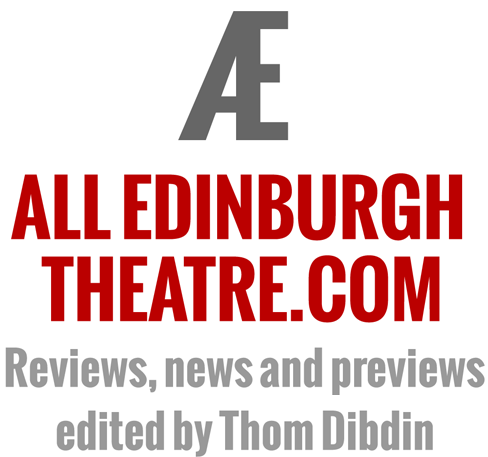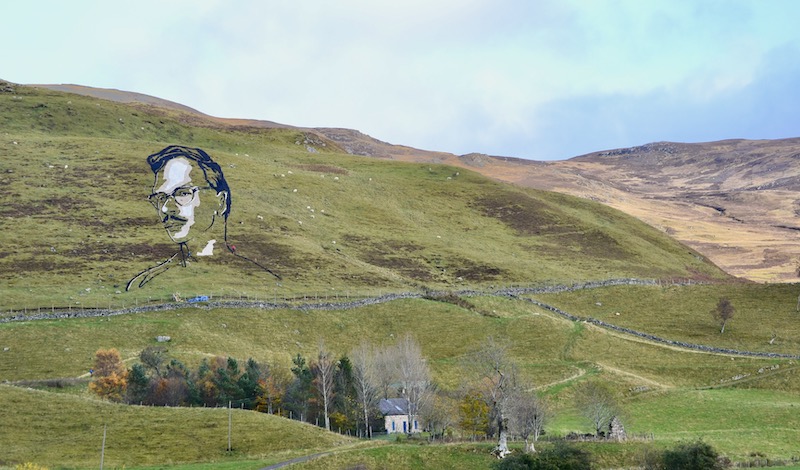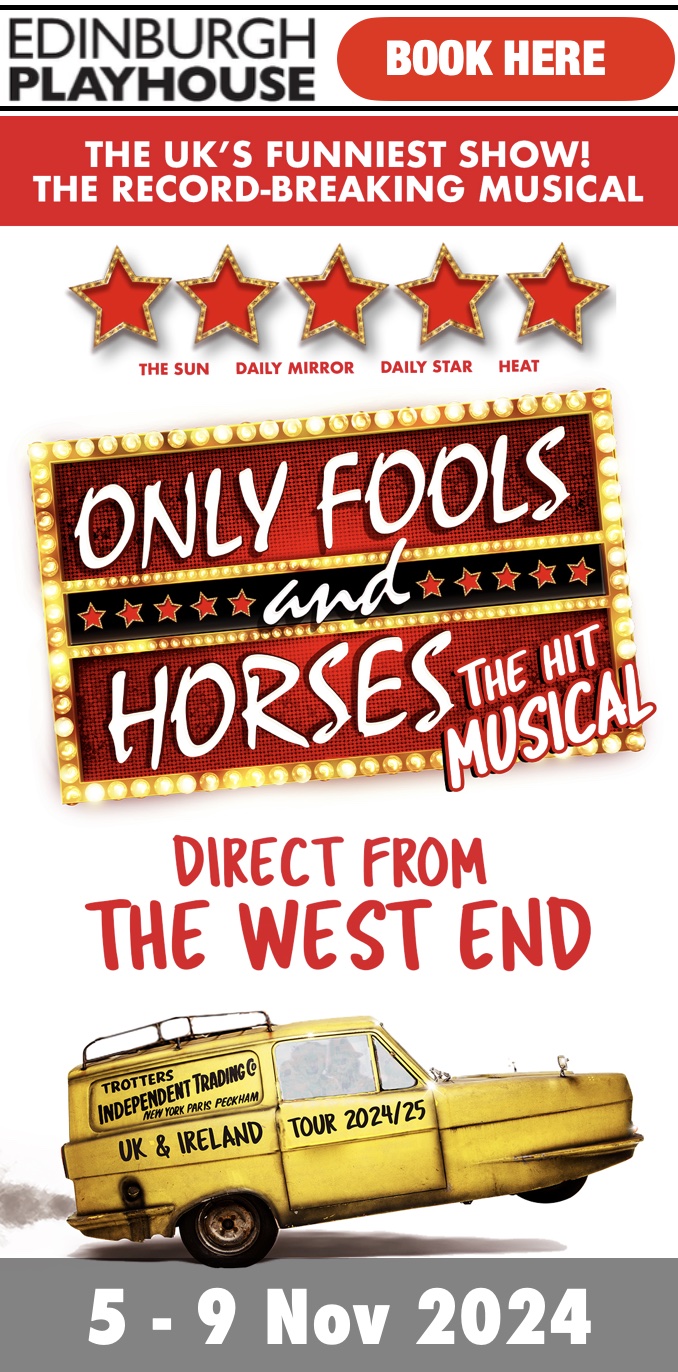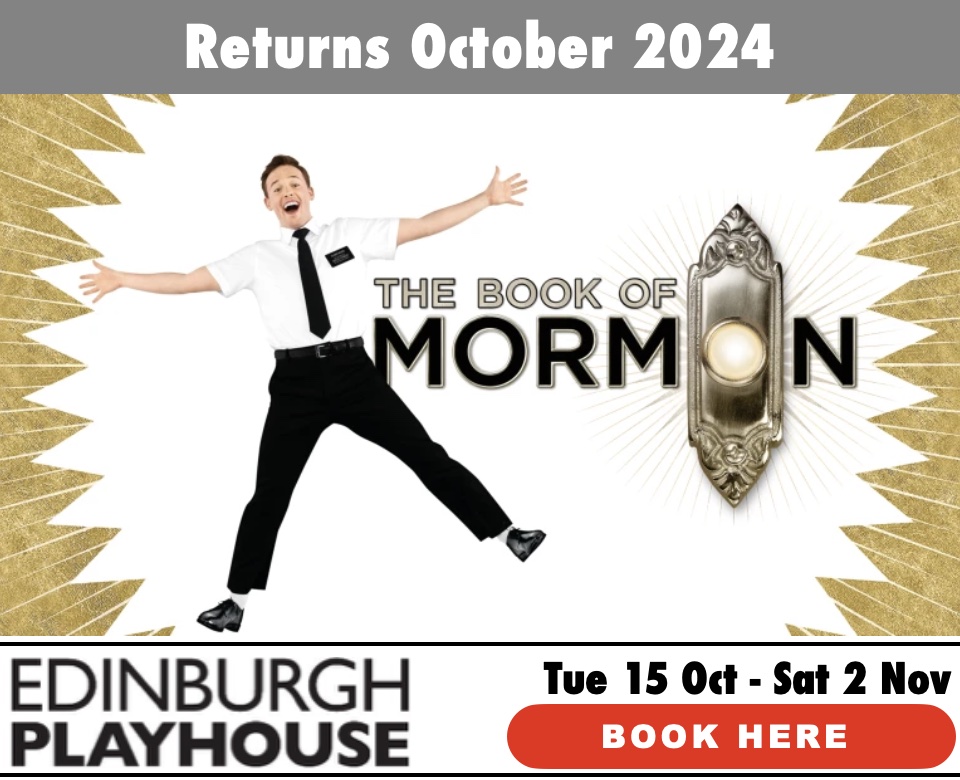Elegies
★★★★☆ Evocative and relevant
Scottish Storytelling Centre: Sat 11 Nov 2023
Review by Allan Wilson
The Traditional Dance Forum of Scotland’s dance adaptation of Hamish Henderson’s Elegies for the Dead in Cyrenaica is an evocative piece of theatre that is particularly relevant to our troubled world, despite being published in 1948.
The piece, which had its world premiere at the Scottish Storytelling Centre on Saturday evening, is relatively short – but it is full of content; using music, dance, spoken word and audio-visual material to highlight the horrors, futility and common bonds of war.
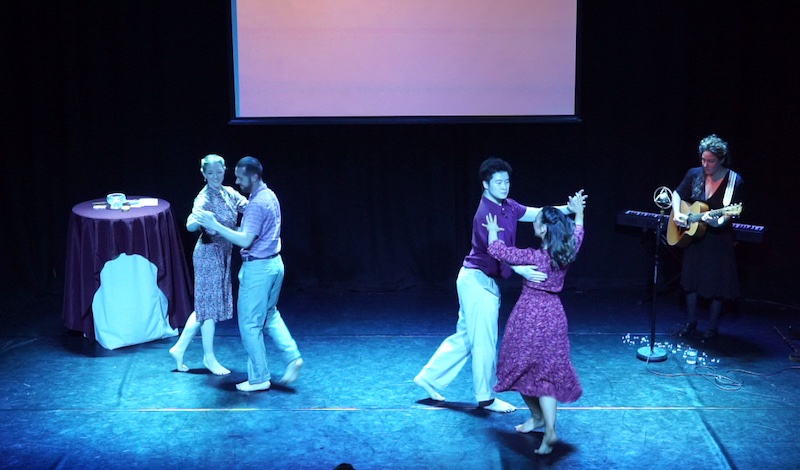
The Elegies dancers and musician Cera Impala. Videostill: Barrie Barreto. Courtesy Traditional Dance Forum of Scotland.
Immediately before the performance of Elegies, Donald Smith, Director of the Scottish Storytelling Centre, gathered the audience beneath the bust of Hamish Henderson in the foyer to reflect on Henderson and the significance of the occasion.
Henderson was born on 11th November 1919. His mother was unmarried, but there was a credible rumour that his father was the Duke of Athol.
Though Henderson had been a campaigner for peace, he became an intelligence officer in the British Army during the Second World War, serving in Cyrenaica (now Libya) and Italy. It is likely that he had Post-Traumatic Stress Disorder and wrote the Elegies as a form of therapy.
Somerset Maugham Award
The poems, considered by some to be the finest poetry to come out of the War, were first published on 11th November 1948 and received the Somerset Maugham Award in 1949.
Their dance interpretation is beautifully led by dancers and choreographers, Helen Gould and George Adams, who generously give solo opportunities to the excellent community cast dancers, Nicola Thomson and the particularly sinuous Edwin Wen.
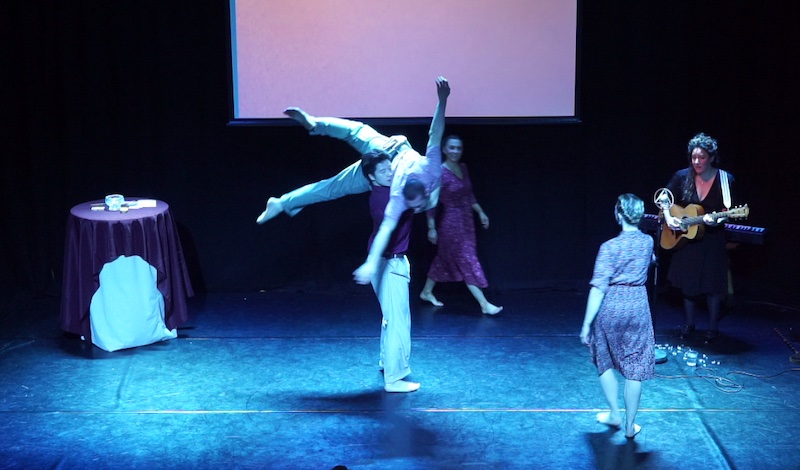
The Elegies dancers and musician Cera Impala. Videostill: Barrie Barreto. Courtesy Traditional Dance Forum of Scotland.
Much of the dance is based on the social dances of the 1940s, particularly swing and lindy hop, but other elements are introduced to reflect the different moods of the poems. Sometimes, the dancers’ limbs are intertwined to become statues bringing to mind images of memorials to past wars. Other dances take a more playful look at the lives of soldiers with games of cards and a bean bag being thrown from dancer to dancer in a game of catch.
The dances are interwoven with readings from the Elegies – the first by Adams, including Henderson’s famous line about there being “no Gods and precious few heroes”, while the others are shared by spoken word artists Morag Anderson and Stephen Watt.
humanity
The readers all capture the different moods of the piece, ranging from the initial feelings of optimism and excitement at the prospect of war, through the discomfort and boredom of the North African desert, to the horrors of death and destruction in conflict.
The Seventh Elegy, Seven Good Germans, illustrated the basic humanity of many of the combatants, but after the battle, they were all “dead bastards”.
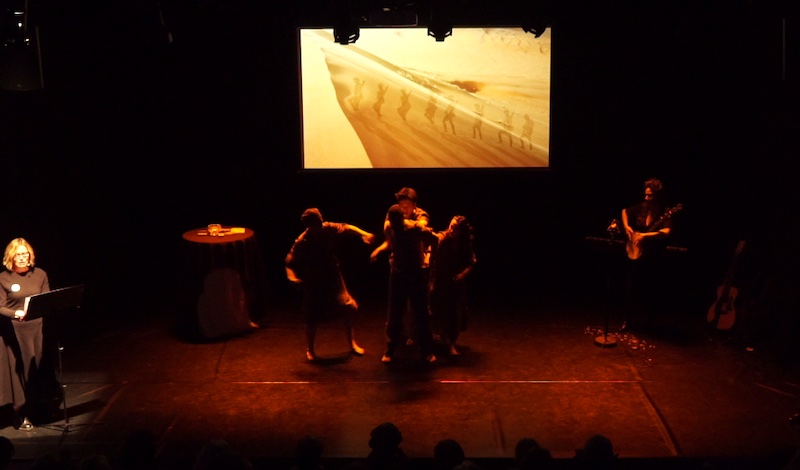
Morag Anderson and the Elegies dancers. Videostill: Barrie Barreto. Courtesy Traditional Dance Forum of Scotland.
Musician Cera Impala played a vital part in the performance as composer and arranger of new and traditional tunes and songs. She also played low flute, piano, guitars, banjo – and sang the songs. Her use of the banjo as a percussion instrument was particularly effective.
The costumes for the dancers were designed and upcycled by Katie Duxbery. Their light, cotton dresses and simple shirts and trousers suited the period very well, while providing freedom of movement for the dancers.
new perspectives
Filmmaker Roddy Simpson’s visuals, combining yellow dunes and soldiers were very effective, particularly for the scenes of fighting in the desert.
The project’s co-curators and producers, Jim McIntosh, Wendy Timmons and Iliyana Nedkova, certainly achieved their aim to produce a dance poem offering “a lament for all lives lost in our challenging world of wars and pandemics, political and economic oppression, ecocide and inequality”.
Overall, the use of dance in Elegies brings new perspectives to the original poems, which, sadly, are still very relevant to today. Hamish Henderson would be proud to be associated with the production.
Running time: 35 minutes (no interval)
Scottish Storytelling Centre (Netherbow Theatre), 43-45 High St, Edinburgh EH1 1SR.
Saturday 11 November 2023
One performance: 7.30pm.
Run ended.
Traditional Dance Forum of Scotland links:
Facebook: @TraditionalDanceForumScotland
X (Twitter): @TradDanceScot
TikTok: @trad.dance.forum.scot
ENDS


